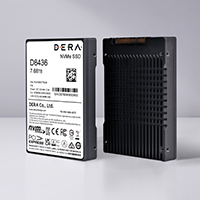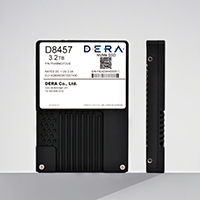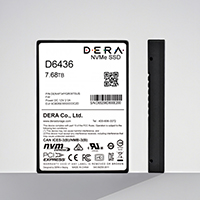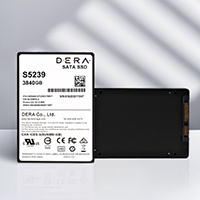
SUMMARIZE
SDS separates storage hardware from software control, enabling flexible provisioning of storage resources on-demand to adapt to diverse application scenarios. Enterprises leveraging SDS can dynamically adjust storage capacity—critical for handling peak traffic events like e-commerce sales promotions—optimizing resource utilization while cutting costs.
Moreover, SDS consolidates heterogeneous storage devices for centralized data management. Its distributed architecture ensures data storage reliability through built-in fault tolerance that allows business continuity despite partial hardware failures.

POINT
As data volumes grow, SDS faces critical challenges in flexibly expanding storage capacity while ensuring compatibility between old and new drives. Meanwhile, distributed systems must maintain data consistency and integrity across nodes—placing higher demands on drive reliability and stability.
CASE
A cloud computing enterprise building a Software-Defined Storage (SDS) platform requires storage for massive VM images, container data, and AI training datasets. DERA deploys PCIe 4.0 enterprise NVMe SSDs to provide a high-performance storage tier for the SDS architecture, addressing I/O bottlenecks and scaling challenges in traditional HDD/SSD hybrid setups.
-
CHALLENGE
Low deployment efficiency | Significant performance fluctuations | Inability to support AI/big data scenarios
-
SOLUTION
Deploying DERA NVMe SSDs (7100MB/s sequential read, 1.6M random IOPS), a distributed storage software aggregates drives into a high-performance resource pool. Combined with data tiering—hot data on SSDs, cold data archived to HDDs—the solution boosts read/write efficiency while cutting storage costs.
-
BENEFIT
● 8x increase in IOPS; latency reduced to under 2ms; VM deployment speed accelerated by 90%
● 95% performance consistency during horizontal scaling; 40% improvement in AI model training efficiency
● 35% reduction in total cost of ownership (TCO), enabling seamless handling of peak workloads and emerging load demands










